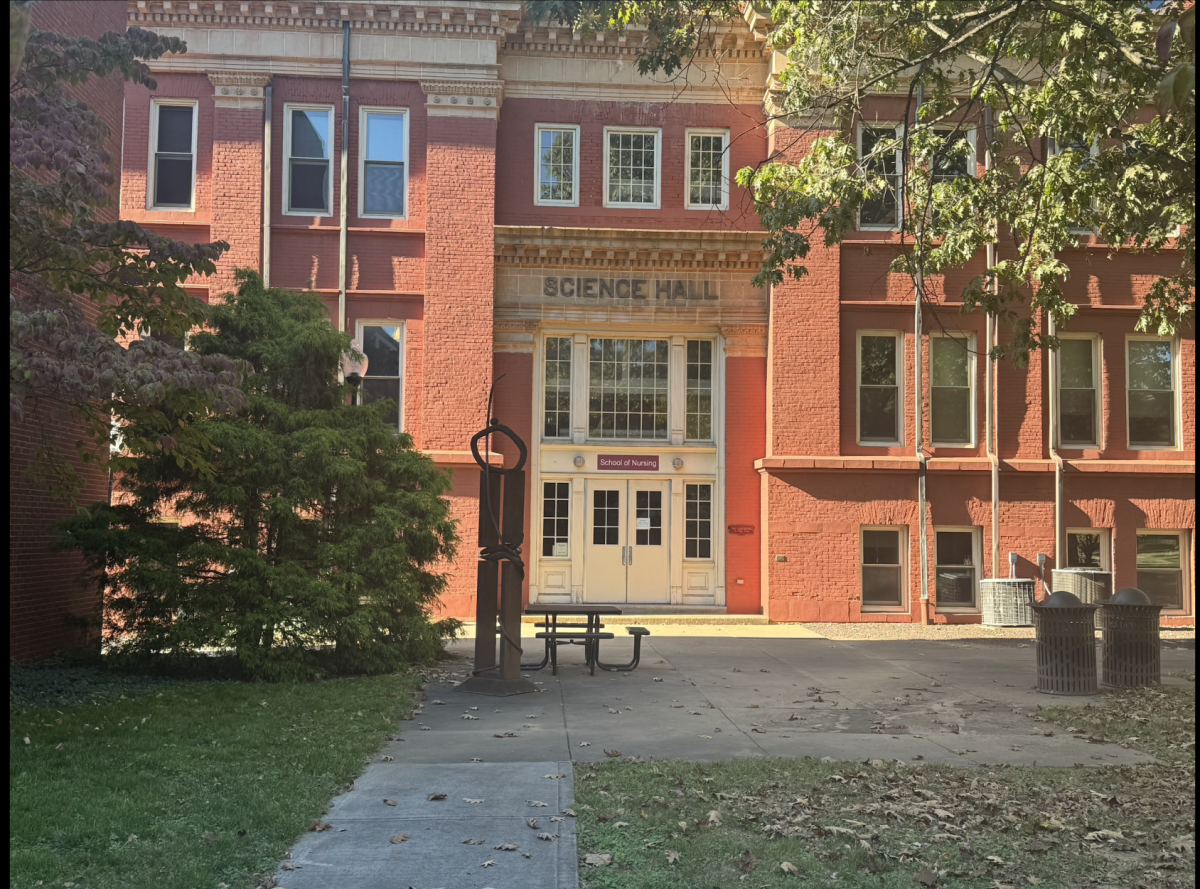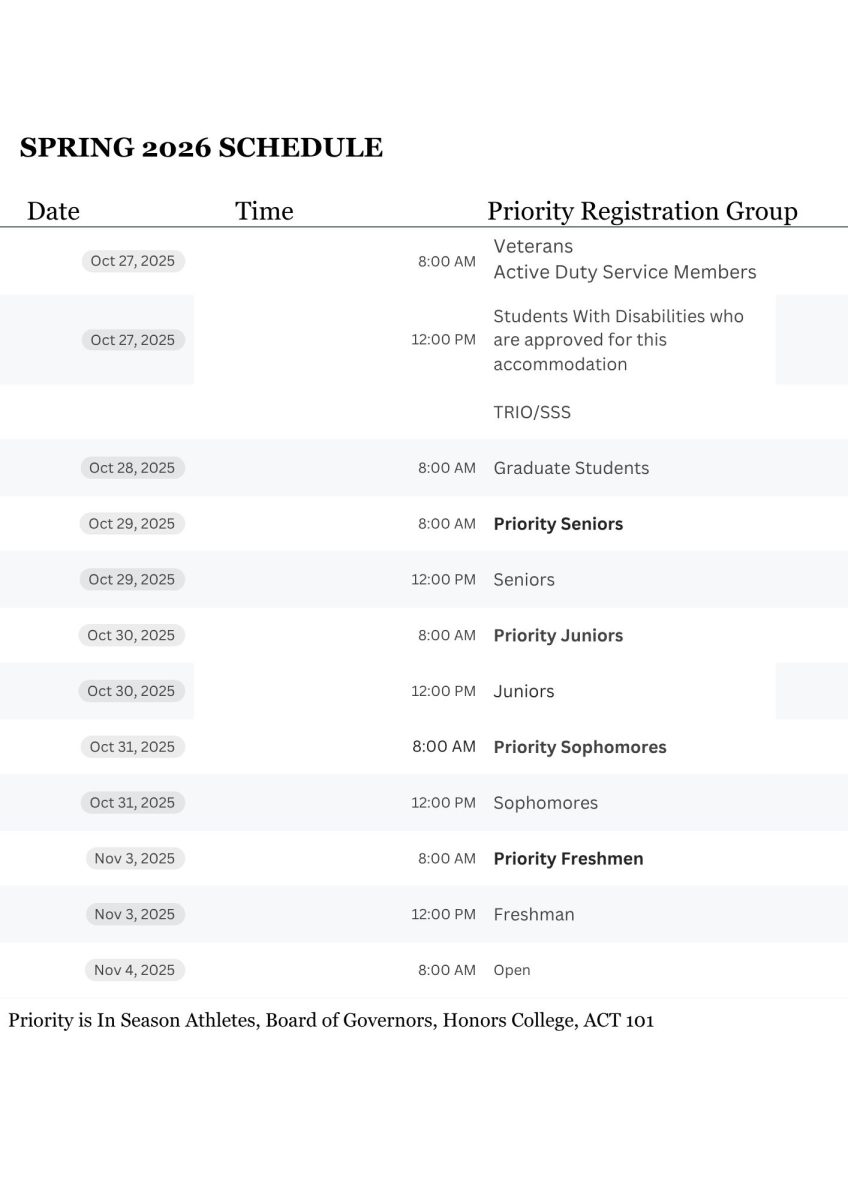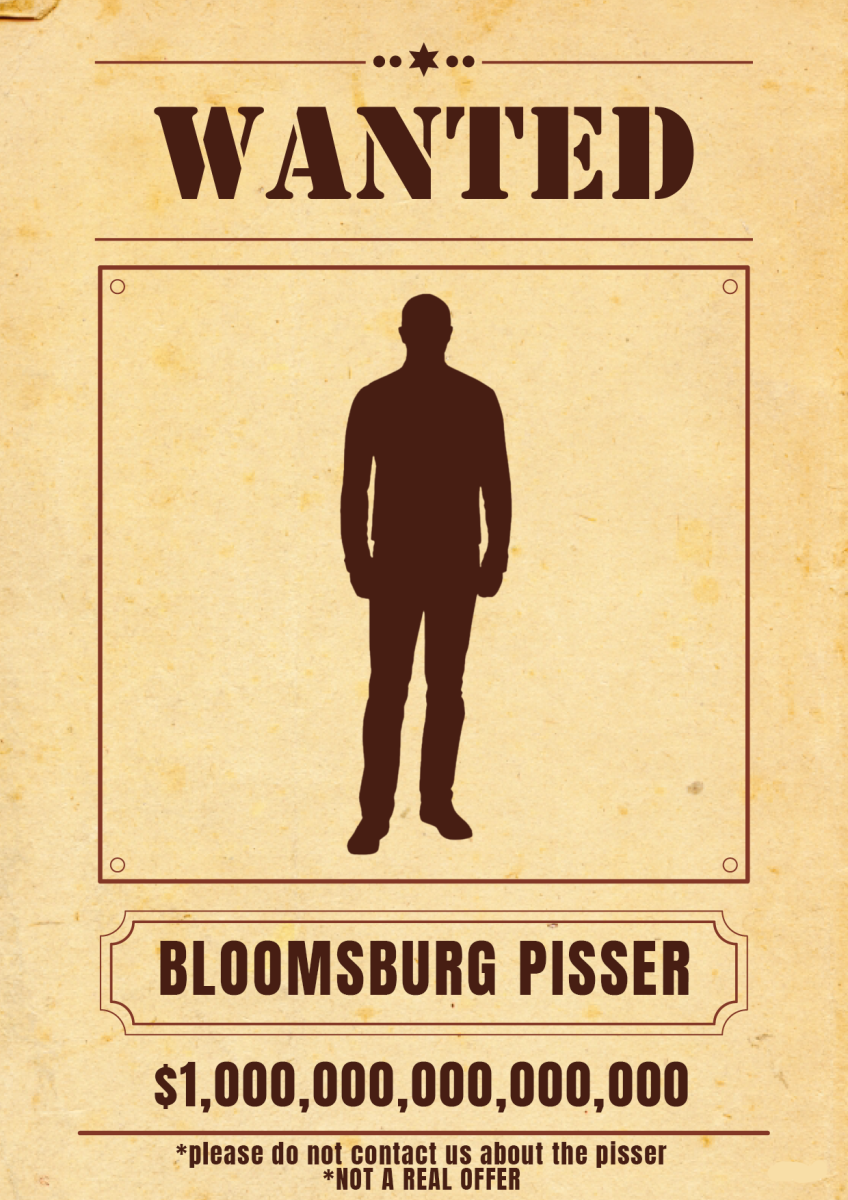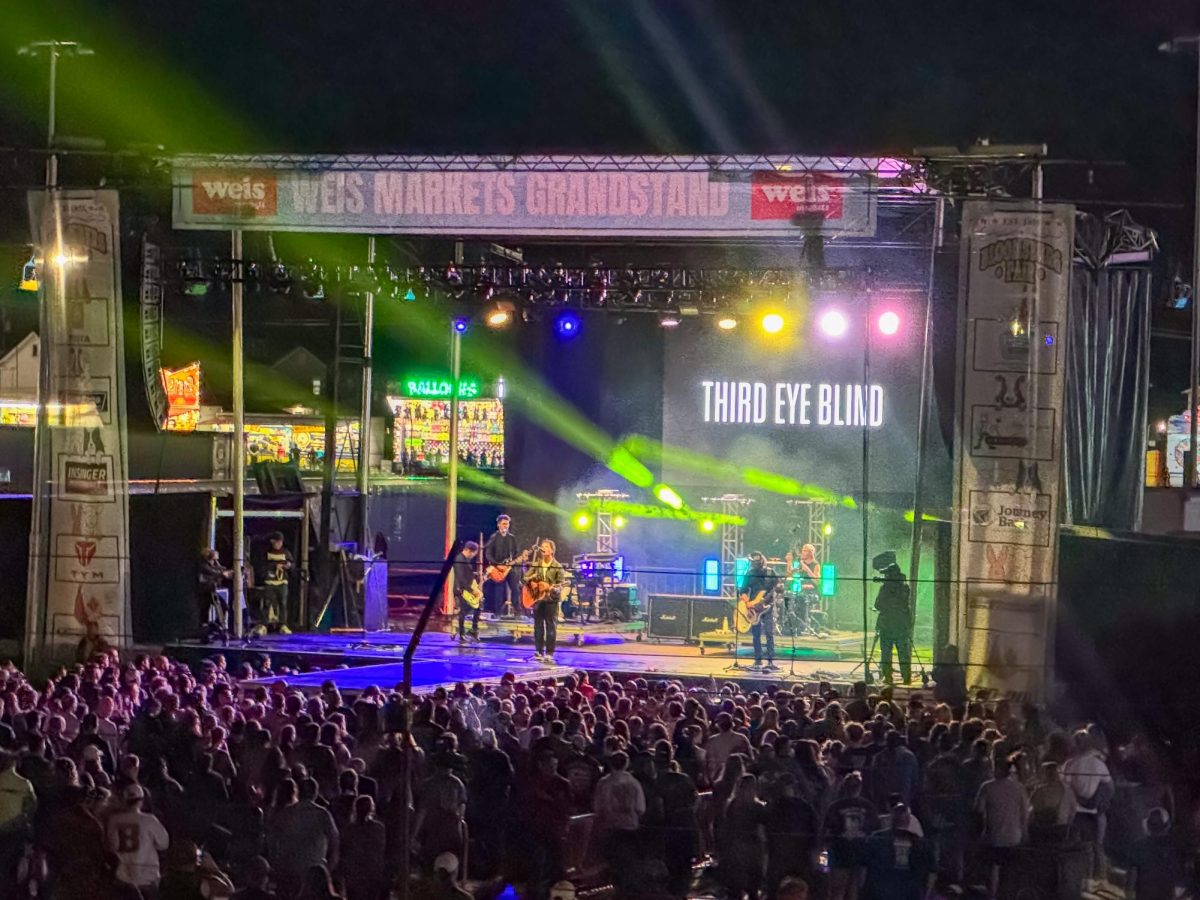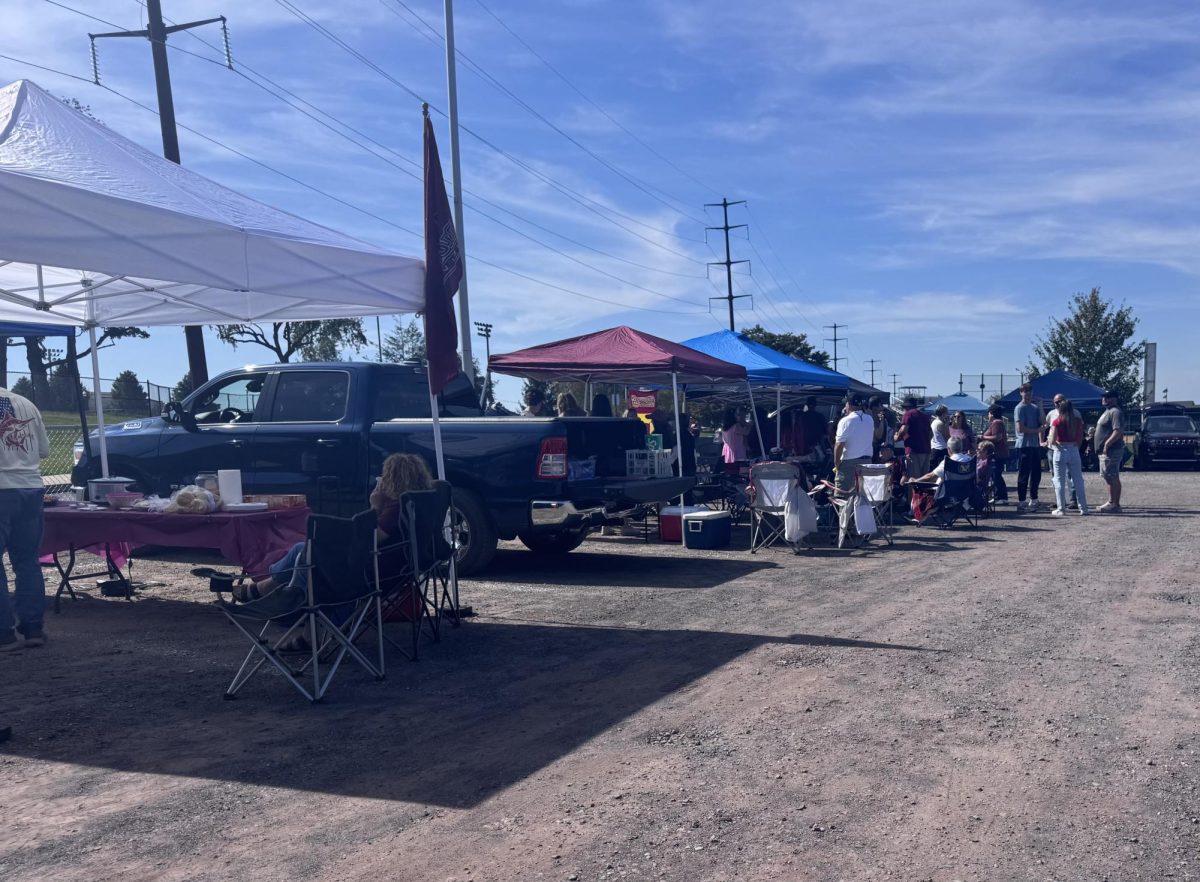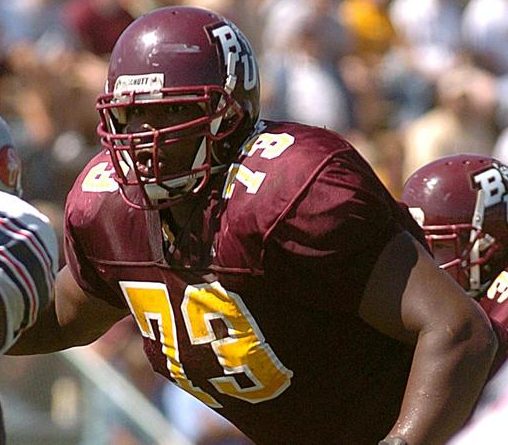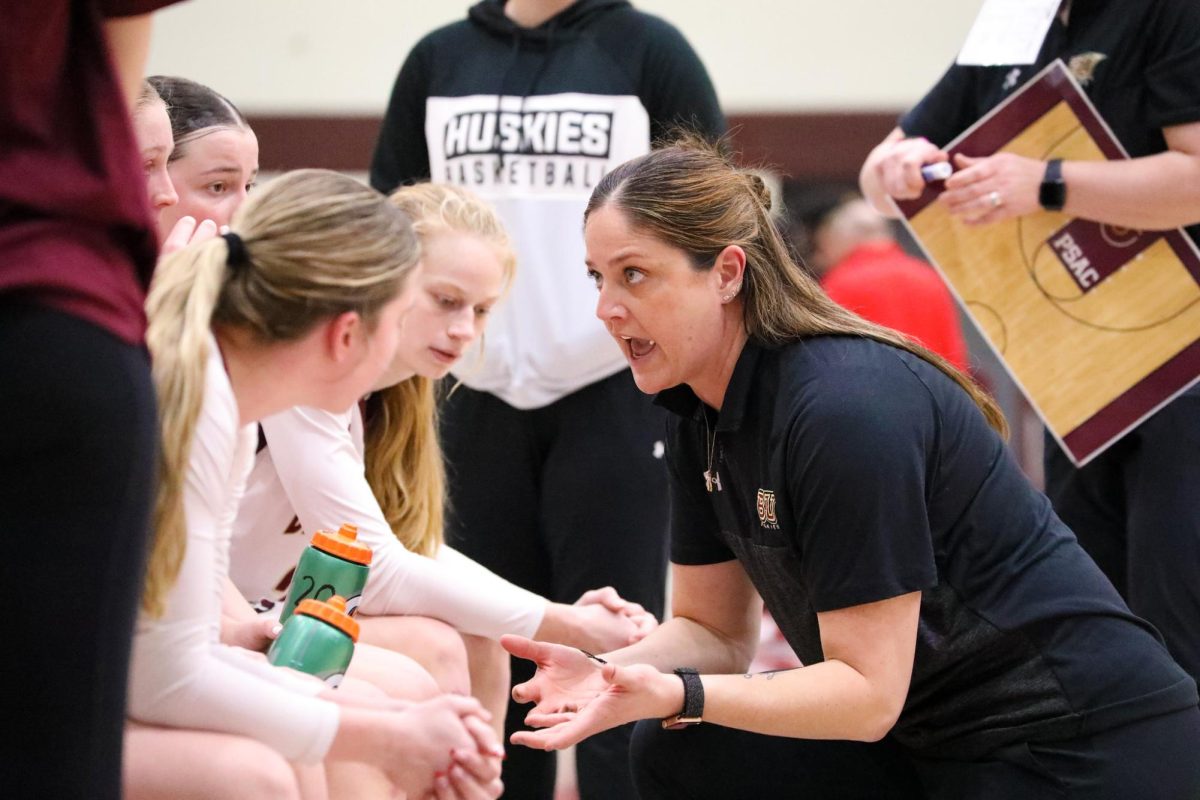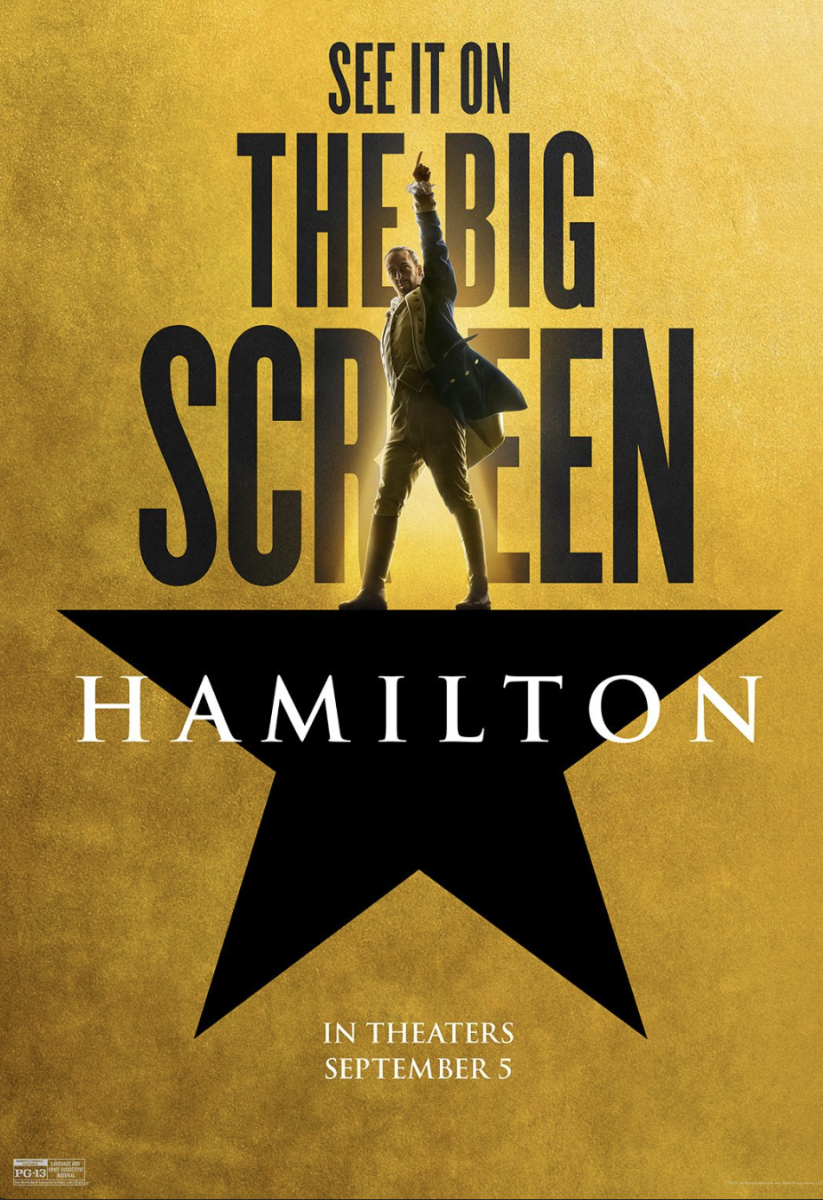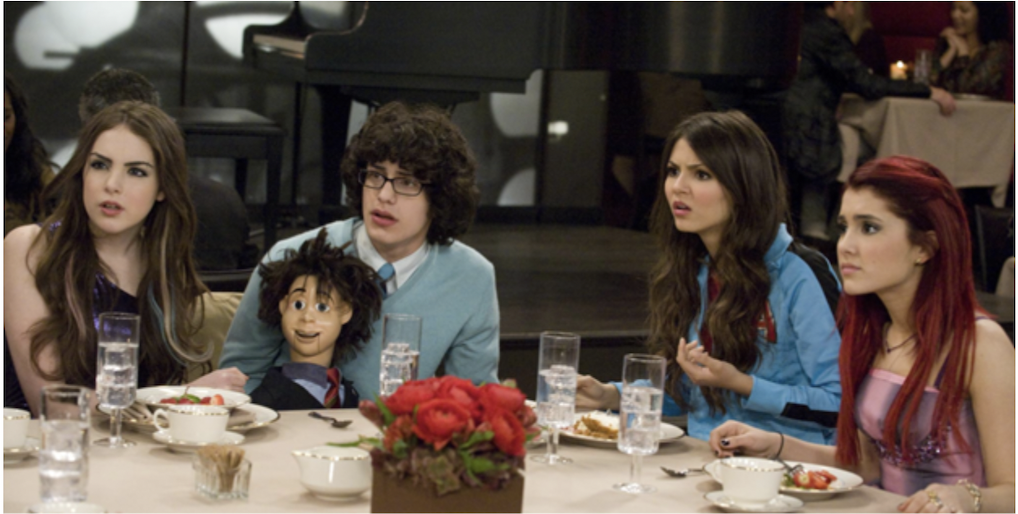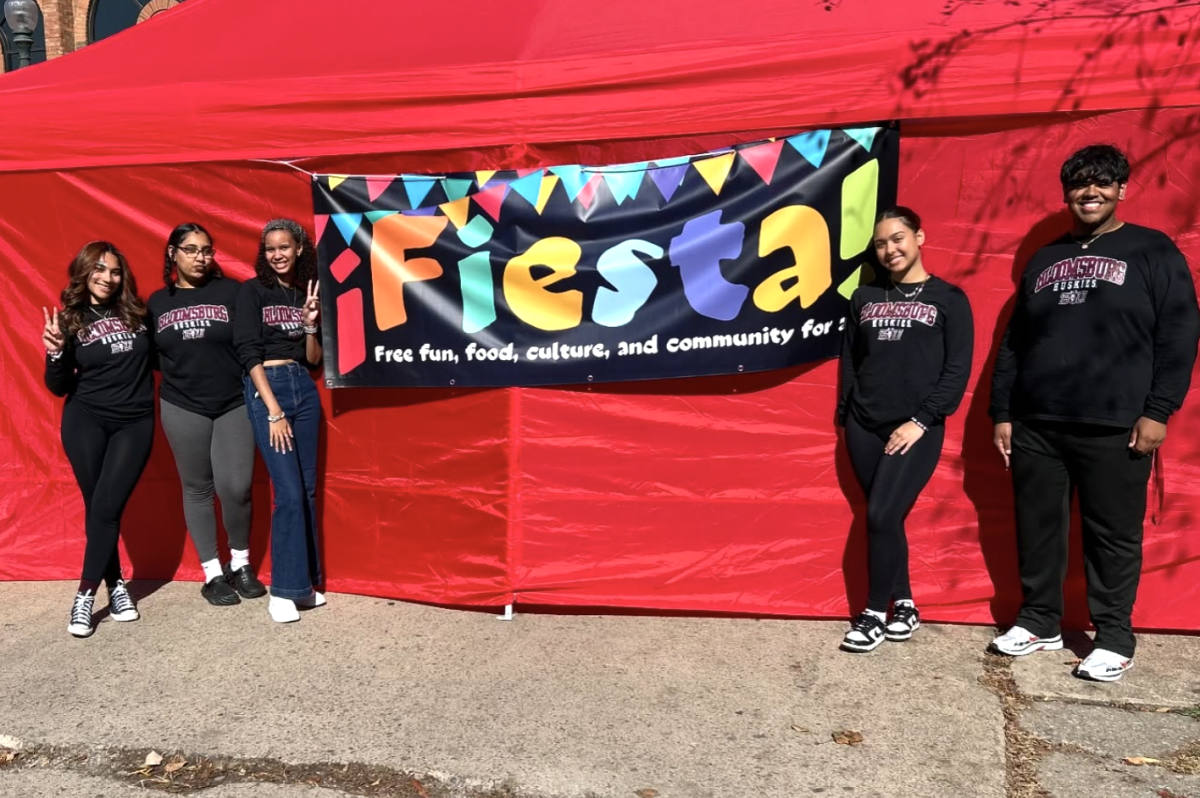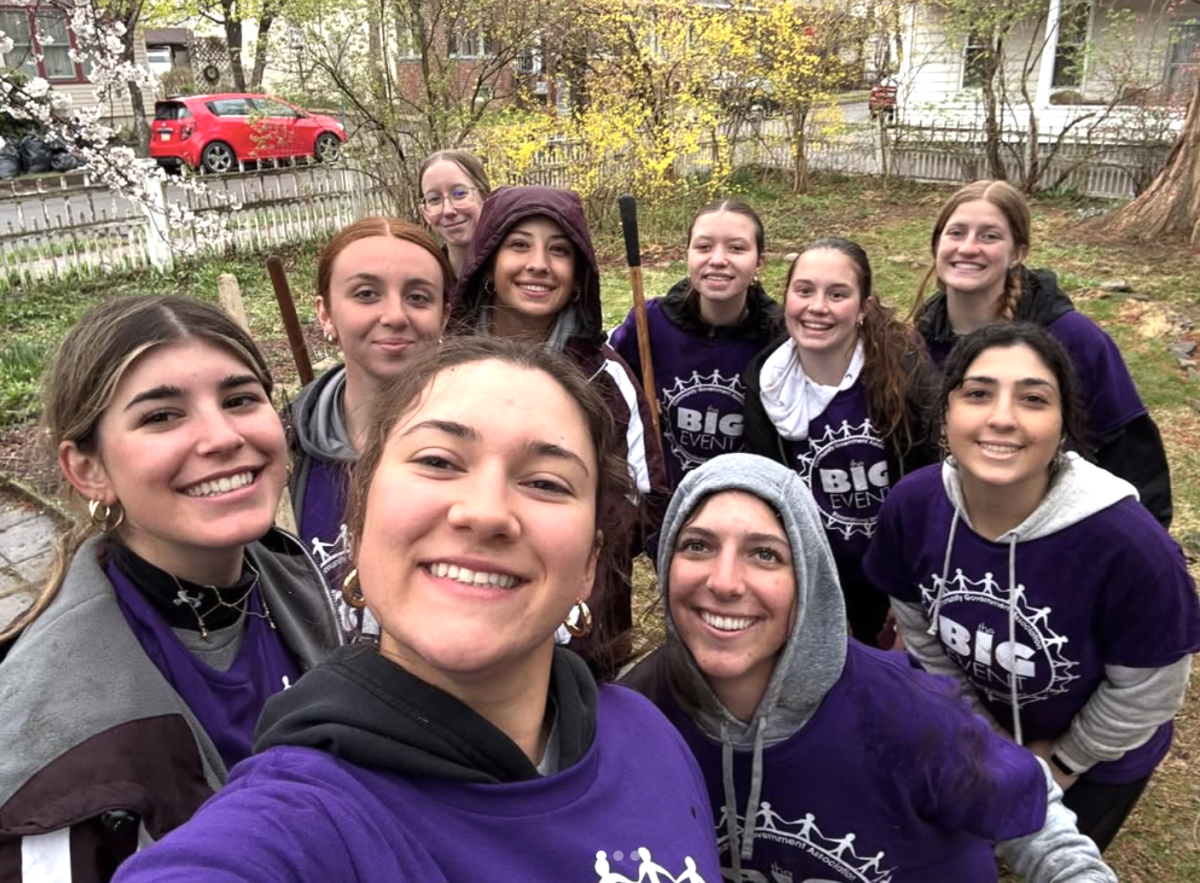Technology has advanced immensely in a few short years and social media has played a huge role, becoming a part of most people’s everyday routines on where they get their information. Still, in undeclared sophomore, Abby Cinoa’s case, it is different. “Usually, my parents are my biggest source in where I get my information on candidates. Whenever they talk about politics, they fill me in on what’s going on and what they believe in,” stated Cinoa. She explained that her parents have always leaned independently and tried to keep their kids informed about what is going on in the world. Cinoa feels as though she doesn’t go out of her way to look towards social media as a source but will rely heavily on friends and family to keep her informed as she wants to have relationships with like-minded people. Cinoa has a special case, and not all college students are the same. “My TikTok feed usually tells me what’s going on in the world. But I do follow verified political accounts that I will go to when there is breaking news about a candidate,” shared sophomore computer science major, James Kressman. When asked whether or not he will dive deep into breaking news or casually look at these political accounts, Kressman described how he will get a general idea while either watching videos or reading quick articles about it. At the same time, he also shared that social media was easier to get quicker information in a short-form video rather than reading full articles or turning on the news. Younger voters in “Generation Z” have grown up with technology and social media and it has always been a consistent factor in their lives. They have never had to wait for the newspaper to get dropped off on their doorstep to figure out what was going on in politics. With this, a lot of younger people feel the same as Kressman in the fact that social media is an easy alternative and less time consuming than watching the news or reading articles.
Is Social Media Reliable & Are People Learning Through It?
In the late 1800s and early 1900s, many Americans got their news from radio, newspapers, and television. Technology was consistently advancing in this period, and people were changing with it. Based on a study from the Pew Research Center, of voters 18-29, Forty-five percent of them were getting their information from social media while voters 65 and up were getting their information from printed newspapers. Another study from the Pew Research Center also shared that TikTok was the most used social media platform, for younger voters to get their information. They shared that about four in ten adults are getting their news from TikTok. “I might be in the majority with this but, I think that social media has actually helped in the way that people get their information. It creates a more engaging and personal experience with how the algorithm works,” stated political science professor, Dr. Neil Strine from Bloomsburg Campus. Strine described that social media can be used as a great resource but “we should also be intelligent consumers and dive deeper into headlines and actually take time to learn about what we are seeing.” To correspond with what Strine is detailing, a study from Northwestern University stated, “… extreme political content or controversial topics are more likely to be amplified, and if users are not exposed to outside opinions, they might find themselves with a false understanding of the majority opinion of different groups.” Misinformation has played a huge role in the birth of social media and an even bigger role in politics. In order to combat this problem, the study suggests that users become more aware of what the algorithm is feeding them.
What Does This All Mean?
After interviewing different students on campus, talking with a professor, and researching different aspects of social media, it is obvious that learning about politics through social media is one of the most popular ways people get their information. Social media has also been the driving force for campaign ads and has brought ways for candidates to connect with younger voters. Every day younger voters are scrolling social media, making it hard to miss campaign ads or at least read a headline about what is going on in the world. Many younger voters will pass by those and pay no mind, but putting the time into learning through social media can have its pros. As Kressman described earlier learning through short-form videos is one of the easiest and least time-consuming ways to get information making it accessible for most people to learn about their candidates.


